Our Lenten journey has reached its destination, the Easter Vigil; the most significant celebration of our liturgical year. It is the third part of the Paschal Mystery we observe as part of the Holy Triduum wherein we celebrate Christ’s resurrection, his victory over death, and our salvation. Beginning in darkness, the liturgy is initiated with the lighting of the New Fire and the Paschal Candle, symbolizing Christ as the Light of the World. This part of the liturgy, known as the Service of Light, includes the Exsultet, or Easter Proclamation, sung by a Deacon or cantor; which repeatedly uses the poetic phrase “This is the night…” before many of the stanzas.
The next part of the service, the Liturgy of the Word, consists of readings from the Old Testament that recount God’s mighty deeds of his eternal plan of our salvation.
The next segment focuses on the new life of the Mystical Body of Christ, the Church, through baptism and the initiation of catechumens. Even though there may not be anyone to be baptized, the faithful renew their baptismal promises, the water of the baptismal font is blessed and the people are aspersed with the newly blessed holy water.
The fourth and concluding portion of the liturgy is the Eucharist, the celebration of which is the first of the Easter Season. The use of the Gloria and Alleluia return. The Easter Vigil is filled with biblical, theological, and symbolic meaning and it very well may overwhelm our ability to assimilate their significance to our faith. Perhaps one small scriptural quote from St. John can provide light for our steps along the way to aid us in fully embracing the liturgy of this culminating celebration:…”in him (Christ) was life, and the life was the light of all people. The light shines in the darkness, and the darkness did not overcome it.” May the Light of Christ light our way this night.
This brief synoptic summary of the four parts of the Easter Vigil is but a glimpse of the importance of this celebration of Christ’s resurrection in both the Early Church and for us, centuries later. For example, the oldest documentation of the lectionary for the Liturgy of the Word, which dates from the third century, lists twelve readings for this part of the service, interspersed with psalms and prayers; and the faithful of that time spent the entire night hearing and meditating on them. Indeed, this was the vigil portion of the Liturgy of the Word. They include several that involve the symbolic nature of water in Christ’s messianic mission; such as Exodus 14:15-15:1 which is the account of God enabling Moses to part the Red Sea so that the Israelites can escape Pharaoh’s army. Others are from prophets that point to the coming of a redeemer and savior, the foretelling of Jesus. Taken in their entirety, they are a vivid chronicle of God’s plan for our salvation through his son, Jesus Christ; of God’s fulfilling his promises to us, the people of God, through his son’s death on the Cross and his resurrection to life by the hand of God.
Why is this important and meaningful? The reality is as Christians we were baptized for this night. This is the night that through our liturgy we complete the Holy Triduum, the celebration of the Paschal Mystery; our crossing over from error into truth, from darkness into light, from death into life through our Lord and Savior, Jesus Christ, and his resurrection from the dead. This is the night we, the Mystical Body of Christ, the Church, welcome the newly baptized and initiated, enlarging and enriching our fellowship. This is the night that in the Liturgy of the Eucharist the risen Christ comes to us again in the breaking of the bread and the cup. This is the night we face the darkness of the health and wellness of our society at this time with renewed confidence because of our faith in a loving and compassionate God. This is the night we once again sing our hymn of praise, the Gloria in excelsis Deo; and proclaim the ALLELUIA with joy! He is risen! ALLELUIA! ALLELUIA!

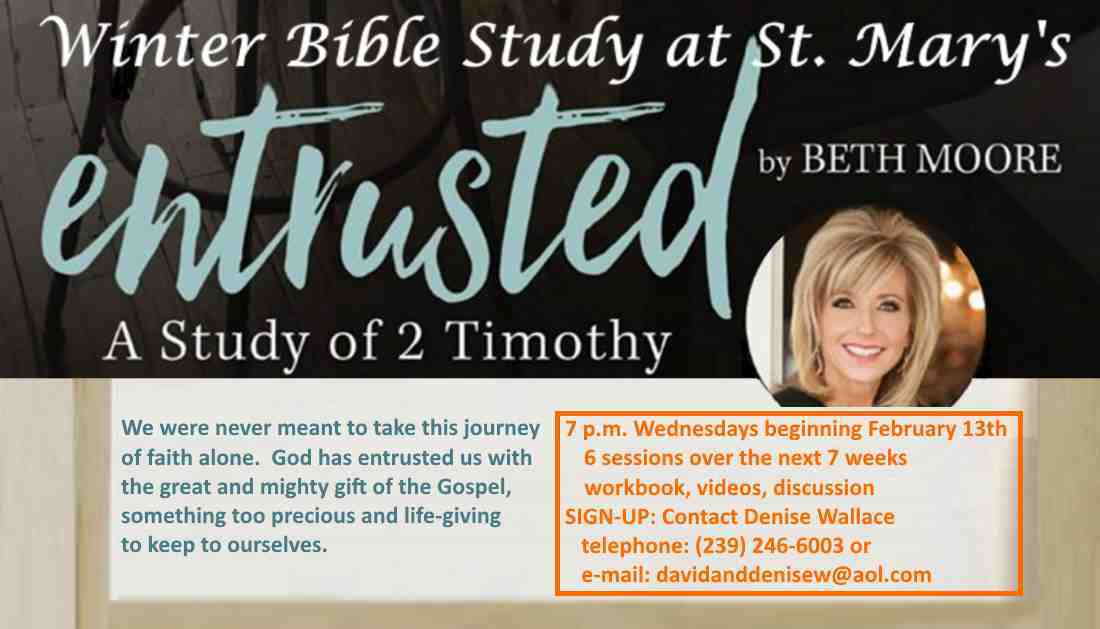
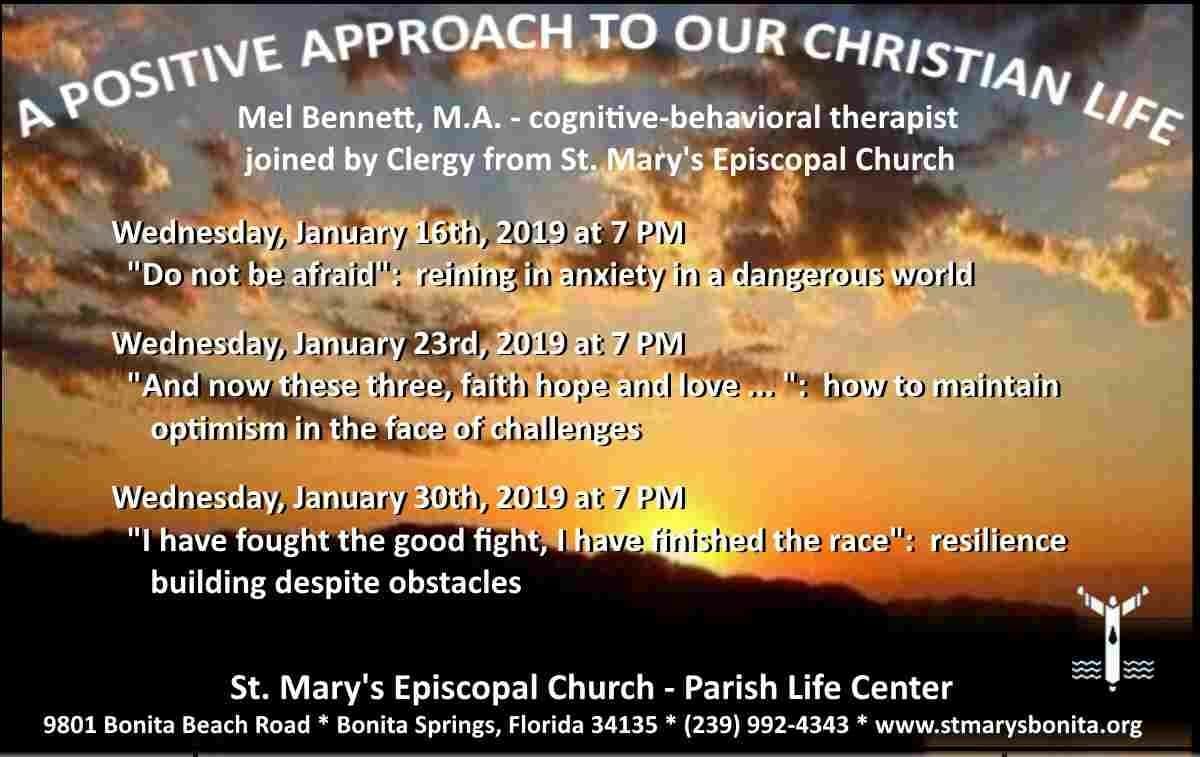
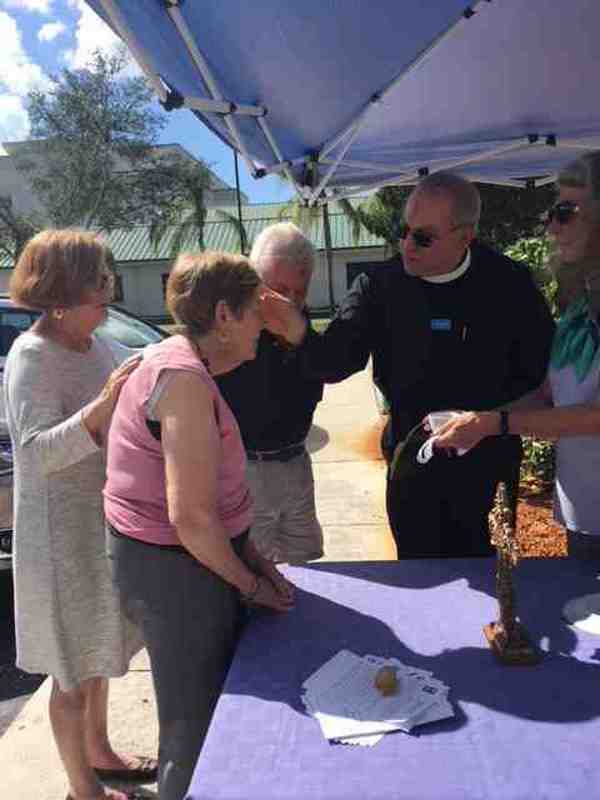
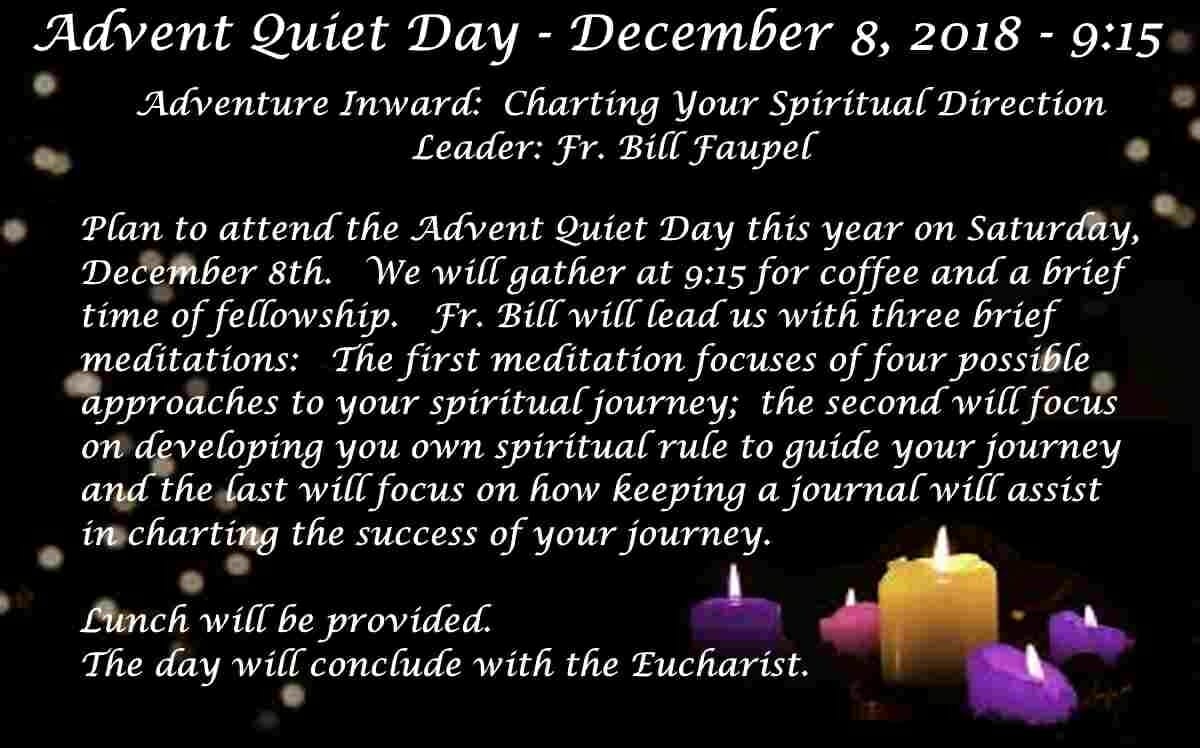
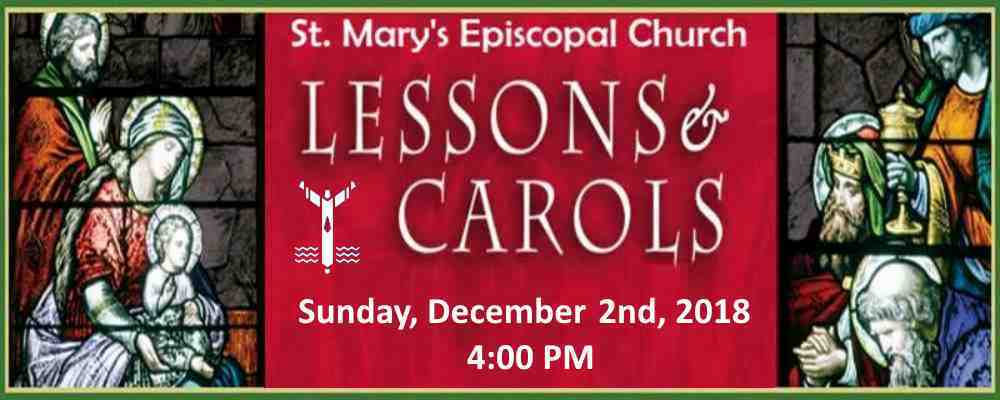
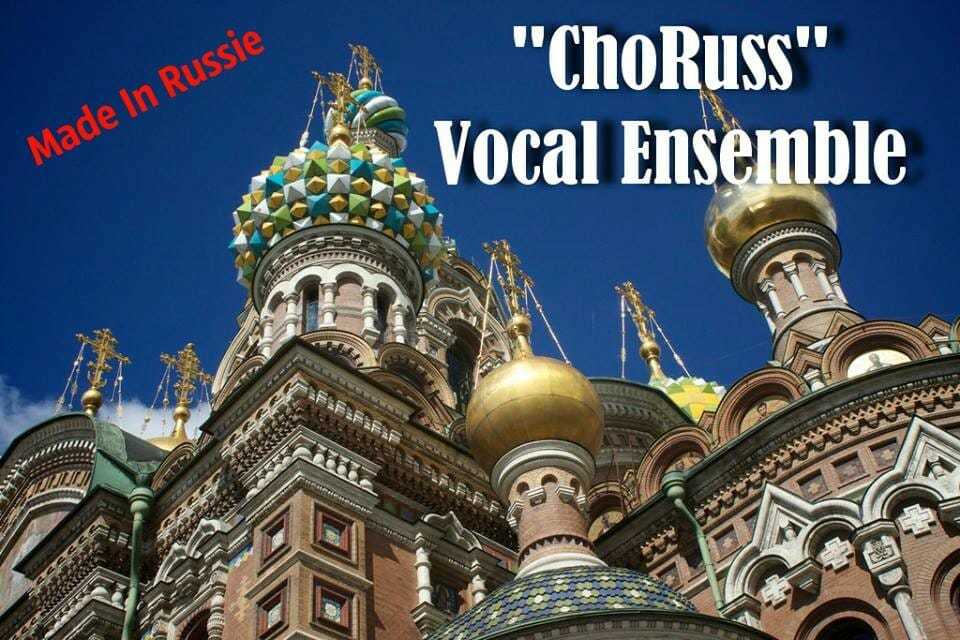
Leave A Comment